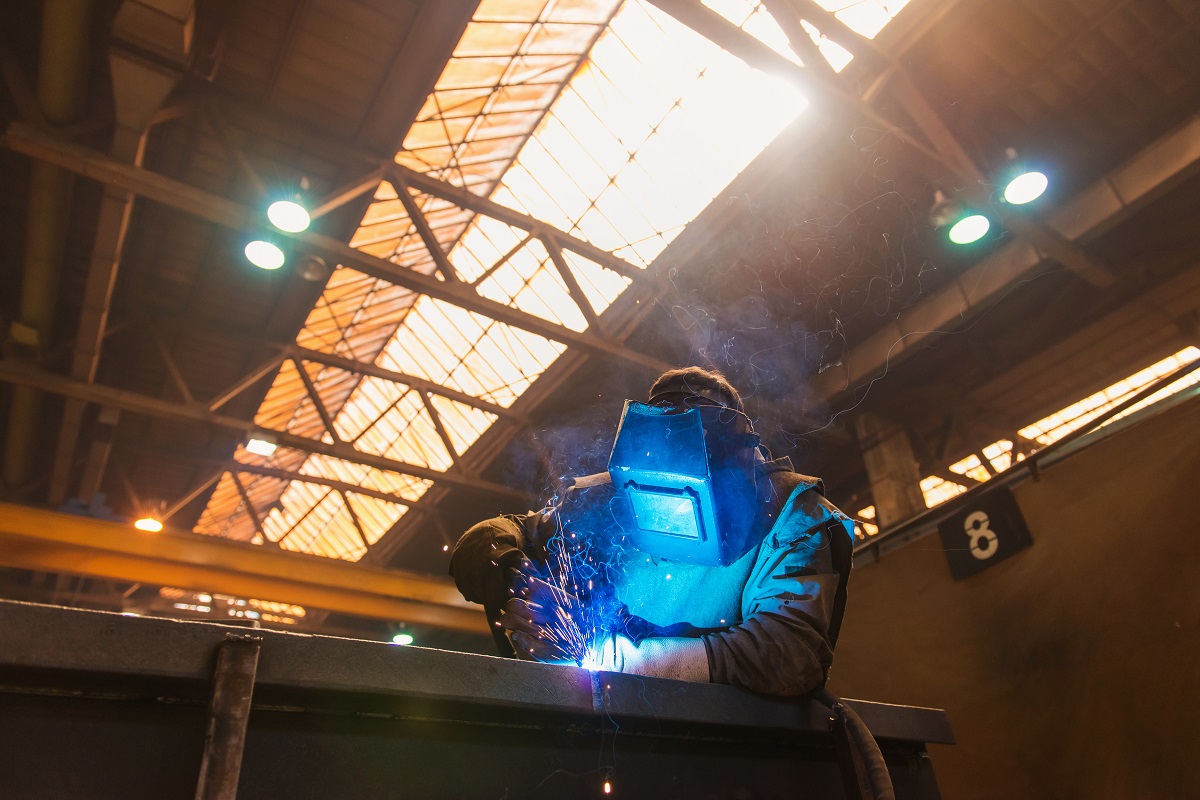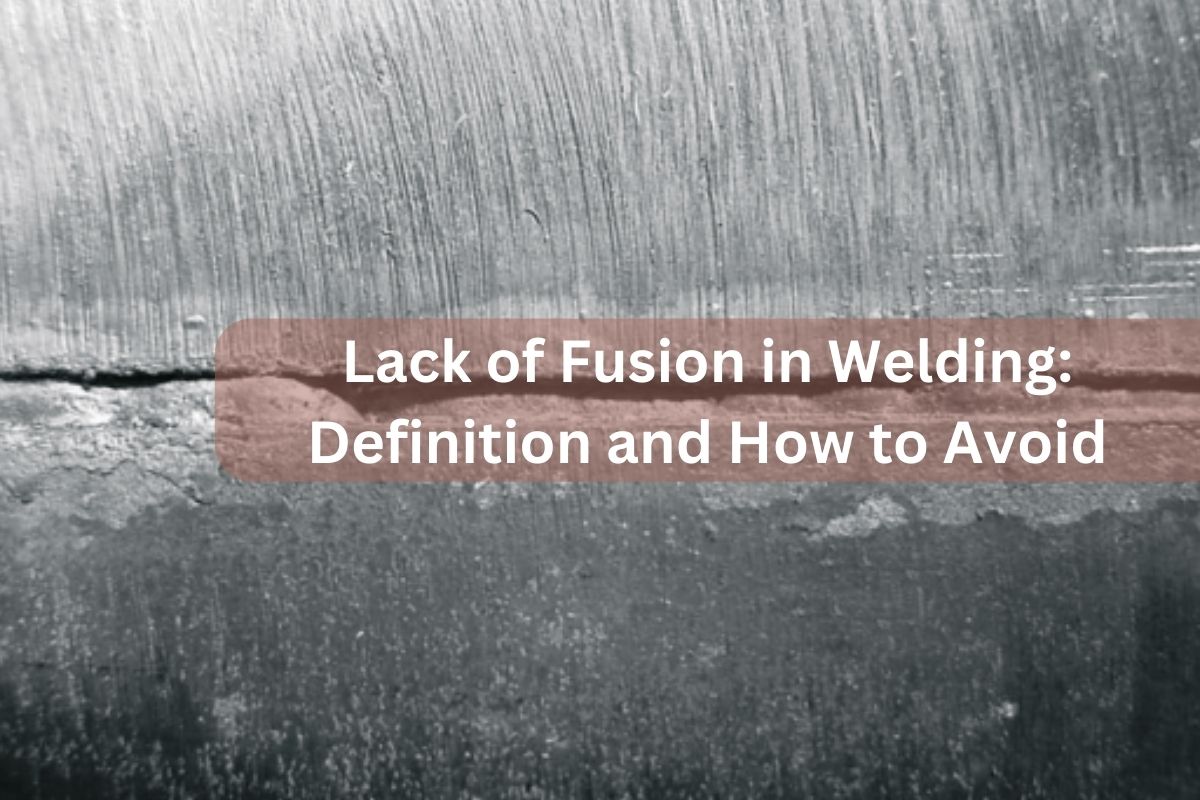Preventing Weld Undercut: Proven Techniques Every Welder Ought To Know
Preventing Weld Undercut: Proven Techniques Every Welder Ought To Know
Blog Article
Crucial Tips for Welders: Avoiding Undercut Welding and Ensuring Stronger Weld Joints
In the world of welding, attaining long lasting and strong weld joints is the foundation of creating top quality work. One typical difficulty that welders usually experience is undercut welding, which can compromise the integrity of the weld joint.

Comprehending Undercut Welding
Undercut welding is an usual welding flaw that happens when the weld metal stops working to effectively fill up the groove and causes a groove-like anxiety along the weld grain. This issue compromises the weld joint, making it at risk to cracking and failing under tension. Undercutting can be caused by numerous variables, consisting of extreme welding present, high welding speed, incorrect electrode angle, incorrect electrode dimension, and bad welding strategy.
Among the major reasons for undercut welding is a discrepancy in between the welding current and the welding speed. If the welding current is expensive or the welding rate is also fast, the weld steel may not adequately fill up the groove, bring about undercutting. Additionally, making use of an electrode that is too huge can cause a comparable result, as the excess steel can not properly flow into the groove.
To stop undercut welding, welders must guarantee they are utilizing the proper welding specifications, maintain a suitable electrode angle, pick the appropriate electrode dimension, and method proper welding methods. By dealing with these aspects, welders can minimize the threat of damaging and produce more powerful, extra trustworthy weld joints.
Appropriate Welding Technique
Efficient welding strategy plays a vital function in guaranteeing the high quality and honesty of weld joints. One essential element of correct welding method is maintaining the proper angle and range in between the welding gun and the workpiece.
In addition, a stable and regular hand movement is important for developing strong and sturdy weld joints. Welders should aim for smooth, consistent activities to guarantee also circulation of the weld product. Correct control of the welding gun and filler product is additionally crucial to accomplishing optimum penetration and blend.
Furthermore, regulating the warm input and picking the proper welding criteria based upon the material being welded are crucial consider attaining top notch welds - Preventing weld undercut. Welders should follow the recommended setups supplied by welding procedure specifications and change them as needed based on the details demands of the project. By understanding proper welding methods, welders can significantly boost the strength and reliability of their weld joints
Selecting the Right Electrode
Maintaining the correct angle and distance in between the welding gun and the work surface is fundamental when thinking about the relevance of choosing the ideal electrode in welding applications. The option of electrode plays a vital function in establishing the high quality and toughness of the weld joint. Electrodes come in numerous types, each designed for certain functions and materials.
To start with, choosing the suitable electrode diameter is important. Thinner electrodes appropriate for welding slim products, while thicker electrodes are better for thicker materials and higher heat applications. Matching the electrode diameter to the thickness of the workpiece aids attain a balanced weld.
Second of all, recognizing the material structure of the electrode is crucial. Various electrodes are created for welding details products like steel, stainless steel, light weight aluminum, or cast iron. Using the proper electrode material ensures good fusion and decreases the risk of flaws in the weld.
Finally, taking into consideration the welding position and strategy is critical when picking the electrode kind. Specific electrodes are much better fit for vertical or above welding placements, while others function well for flat or straight positions. Choosing the ideal electrode based upon the welding technique enhances the general weld quality and stability.
Preparing the Base Steel
To make certain a successful welding procedure, what preliminary actions should be taken when preparing the base steel for welding? Properly preparing the base steel is important for accomplishing strong and resilient weld joints. The primary step in try here preparing the base metal is to clean it extensively to get rid of any pollutants such as rust, paint, oil, or dirt. This can be done making use of a cord chemical, brush, or mill solvents. In addition, any existing weld product or residue from previous welding need to be removed to make sure a tidy surface for the new weld.

Performing Post-Weld Assessments

After carrying out these assessments, welders address need to contrast the outcomes against sector requirements and project demands to ensure that the weld joint fulfills all essential requirements. Any type of inconsistencies or insufficiencies uncovered during the post-weld inspection ought to be immediately resolved through ideal restorative actions to ensure the weld's honesty. By diligently doing post-weld assessments and quickly addressing any type of problems, welders can support the quality and dependability of their job, inevitably adding to the safety and long life of the bonded frameworks.
Conclusion

Finally, avoiding undercut welding and guaranteeing stronger weld joints call for a combination of proper welding technique, choosing the right electrode, preparing the base steel appropriately, and performing post-weld assessments. By recognizing the reasons for undercut welding and executing the essential preventative measures, welders can create top quality weld joints that fulfill sector standards and make sure the architectural honesty of the bonded parts.
Undercut welding is a common welding problem that takes place when the weld metal stops working to effectively load the groove and results in a groove-like clinical depression along the weld bead (Preventing weld undercut). Undercutting can be caused by different variables, consisting of extreme welding current, high welding rate, incorrect electrode angle, inaccurate electrode size, and bad welding strategy
One of the major reasons for undercut welding is an inequality in between the welding current and the welding rate. If the welding current is as well high or the welding rate is too quick, the weld metal might not sufficiently fill the groove, leading to undercutting.Preserving the correct angle and range between the welding gun and the workpiece is fundamental when considering the significance of selecting the best Click This Link electrode in welding applications.
Report this page